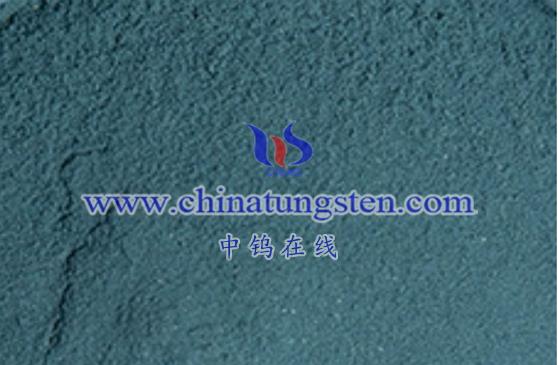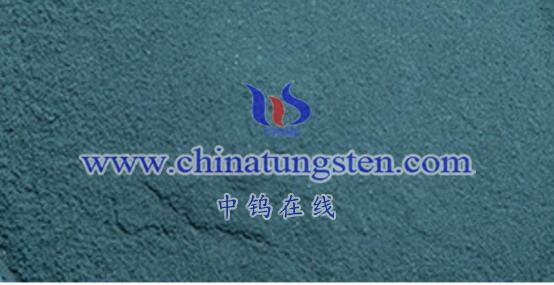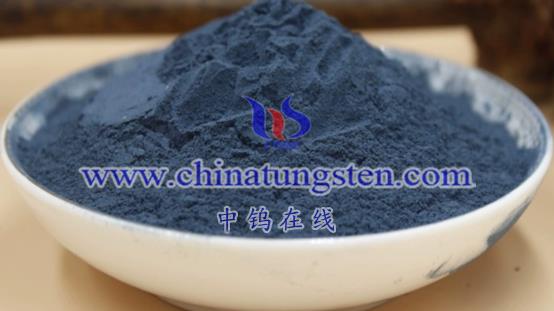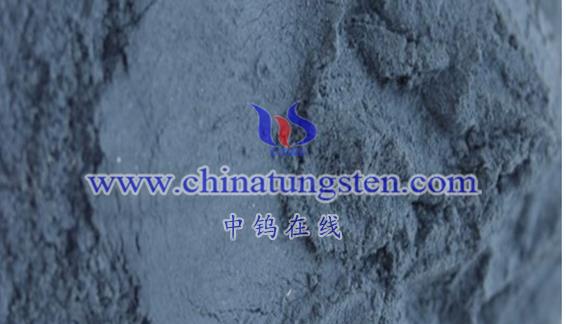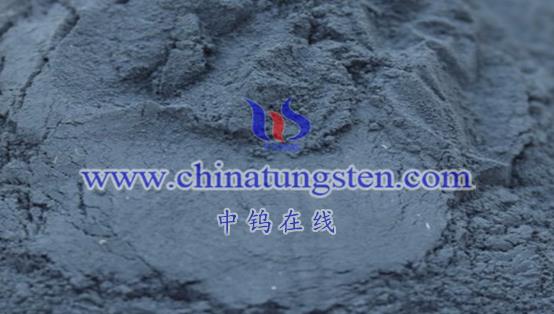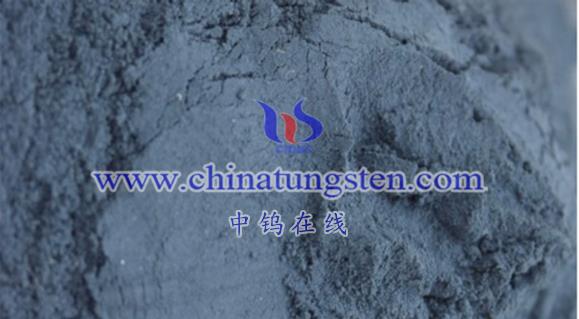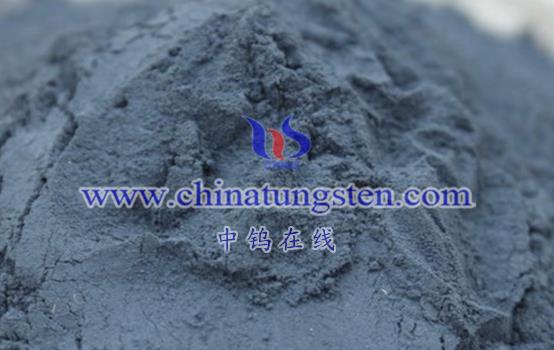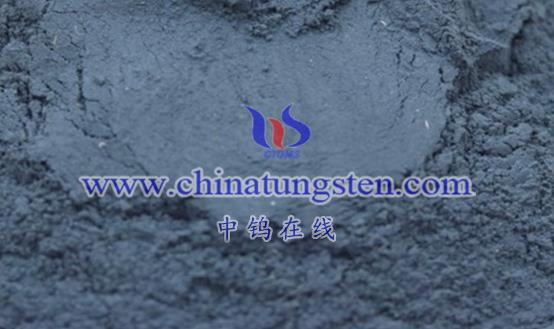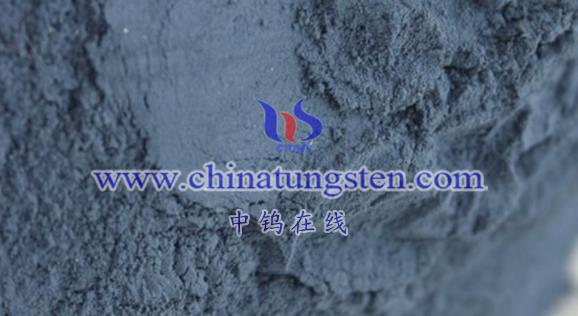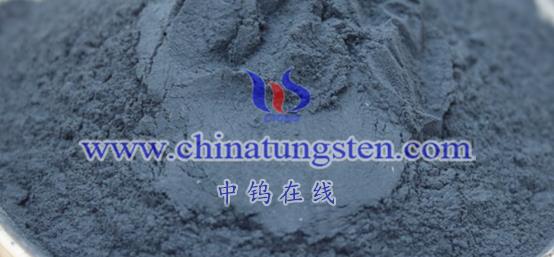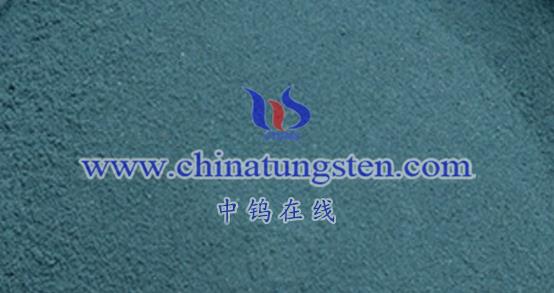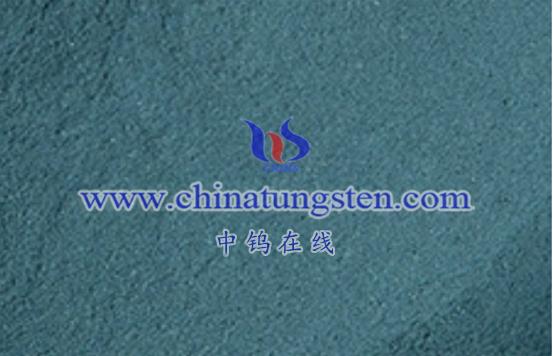
Oxygen vacancy tungsten trioxide nanosheets, a material combining the unique properties of tungsten trioxide nanosheets and oxygen vacancies, have shown great potential in various fields. Below are the specific application areas and their advantages:
Applications of Oxygen Vacancy Tungsten Trioxide Nanosheets in Energy Storage
- In Lithium-Ion Batteries
Oxygen vacancy tungsten trioxide nanosheets, due to their high specific surface area and excellent electrical conductivity, can significantly improve the energy density and cycling stability of lithium-ion batteries. Their unique nanostructure and the oxygen vacancy effect aid in the rapid transport and storage of lithium ions, potentially enabling faster charging speeds and longer lifespan. - In Supercapacitors
Similarly, the high specific surface area and good electrical properties of oxygen vacancy tungsten trioxide nanosheets make them promising candidates for supercapacitor electrode materials. These materials increase the contact area between the electrode and the electrolyte, improving charge storage and release efficiency, thus enhancing supercapacitor performance.
Applications of Oxygen Vacancy Tungsten Trioxide Nanosheets in Catalysis
- In Photocatalysis
Oxygen vacancy tungsten trioxide nanosheets offer significant advantages in the field of photocatalysis. The oxygen vacancies on their surface act as active sites, promoting the separation of photogenerated electrons and holes, thereby enhancing photocatalytic efficiency. They are widely used in photocatalytic degradation of organic pollutants and in water splitting for hydrogen production, providing strong support for clean energy and environmental protection. - In Thermal Catalysis
In addition to photocatalysis, oxygen vacancy tungsten trioxide nanosheets may also play a role in thermal catalysis. Their high specific surface area and rich active sites facilitate catalytic reactions, improving catalytic efficiency.
Applications of Oxygen Vacancy Tungsten Trioxide Nanosheets in Sensors
Oxygen vacancy tungsten trioxide nanosheets are highly sensitive to gas molecules and biological molecules, making them suitable as sensitive elements for gas and biosensors. By detecting changes in the electrical properties, such as resistance, of the material, it is possible to monitor and detect specific gases or biological molecules. This opens up wide application prospects in environmental monitoring, medical diagnostics, and other fields.
Applications of Oxygen Vacancy Tungsten Trioxide Nanosheets in Environmental Remediation
- In Air Purification
Taking advantage of their photocatalytic properties, oxygen vacancy tungsten trioxide nanosheets can decompose harmful substances in the air, such as formaldehyde, benzene, and other volatile organic compounds (VOCs), thus purifying the air. - In Water Treatment
In wastewater treatment, oxygen vacancy tungsten trioxide nanosheets can act as catalysts or adsorbents to remove harmful substances, such as heavy metal ions and organic pollutants, from water, improving water quality.
Applications of Oxygen Vacancy Tungsten Trioxide Nanosheets in Smart Materials
Oxygen vacancy tungsten trioxide nanosheets possess electrochromic and photochromic properties, making them ideal for the development of smart windows, displays, and other smart materials.
Applications of Oxygen Vacancy Tungsten Trioxide Nanosheets in New Energy
Oxygen vacancy tungsten trioxide nanosheets also hold potential applications in renewable energy fields, such as solar cells.
Conclusion
Oxygen vacancy tungsten trioxide nanosheets have promising potential applications in energy storage, catalysis, sensors, environmental remediation, and more. As research advances and technologies evolve, it is believed that these materials will demonstrate their unique advantages and value in a broader range of fields.
More details of tungsten oxide product, please visit website: tungsten-oxide.com
Please contact CHINATUNGSTEN for inquiry and order of tungsten oxide:
Email: sales@chinatungsten.com
Tel.: 86 592 5129595
